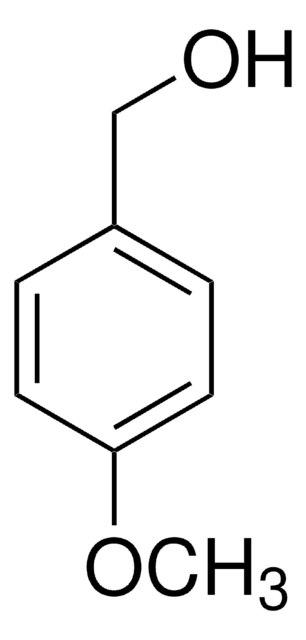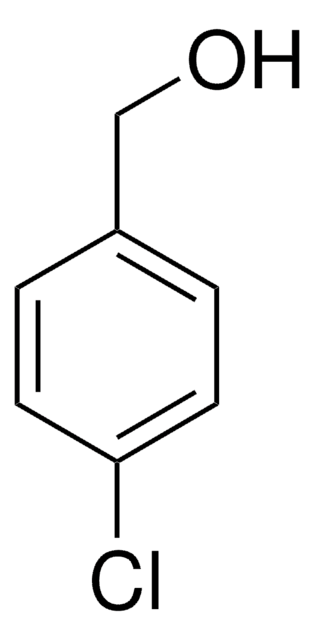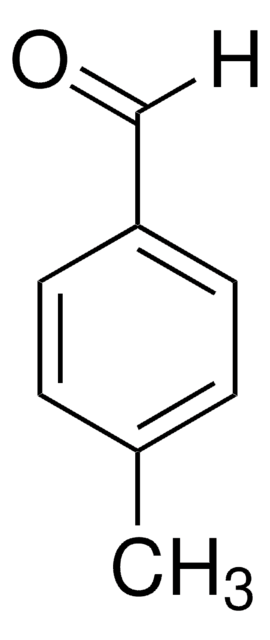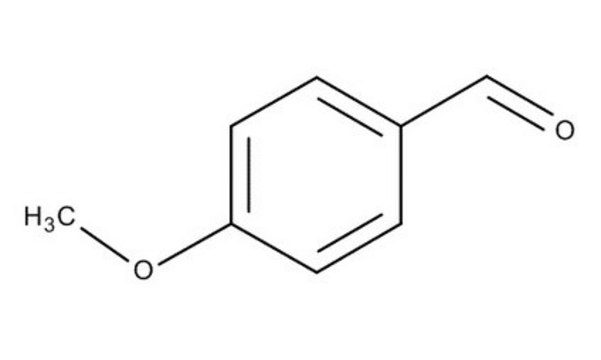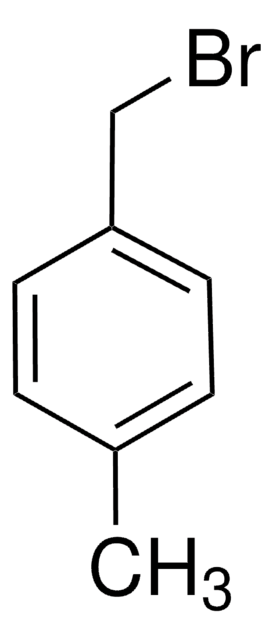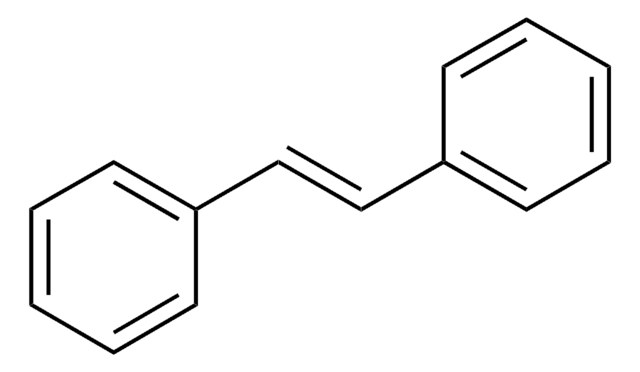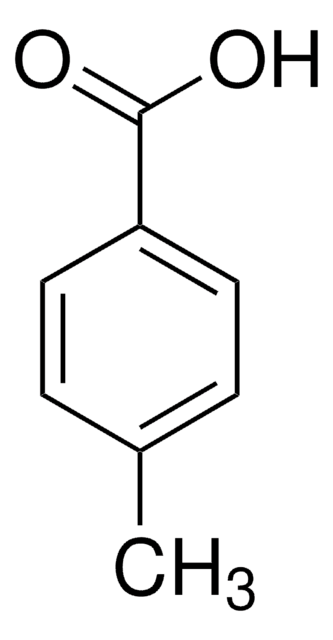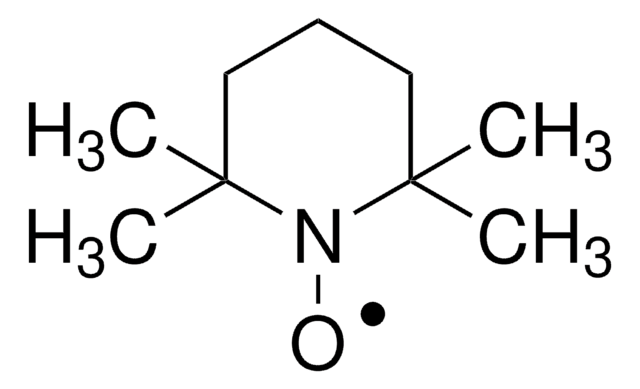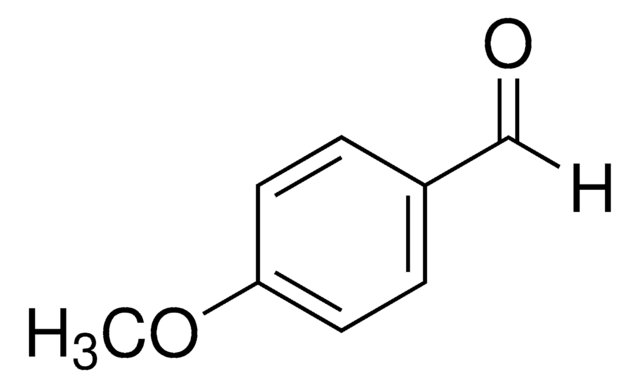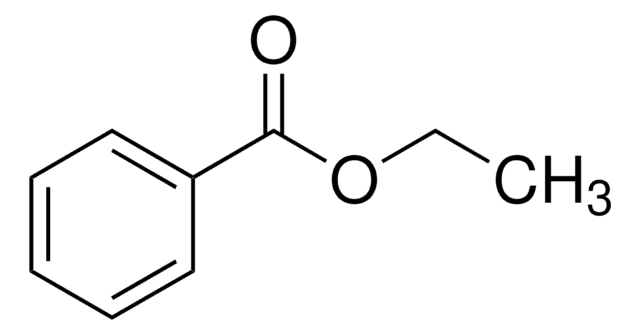127809
4-Methylbenzyl alcohol
98%
Synonym(s):
(4-Methylphenyl)methanol, (4-Tolyl)methanol, 4-Methylbenzenemethanol, p-Methylbenzyl alcohol, p-Tolualcohol, p-Tolylcarbinol, p-Tolylmethanol
Sign Into View Organizational & Contract Pricing
All Photos(1)
About This Item
Linear Formula:
CH3C6H4CH2OH
CAS Number:
Molecular Weight:
122.16
EC Number:
MDL number:
UNSPSC Code:
12352100
PubChem Substance ID:
NACRES:
NA.22
Recommended Products
Quality Level
Assay
98%
bp
217 °C (lit.)
mp
59-61 °C (lit.)
functional group
hydroxyl
SMILES string
Cc1ccc(CO)cc1
InChI
1S/C8H10O/c1-7-2-4-8(6-9)5-3-7/h2-5,9H,6H2,1H3
InChI key
KMTDMTZBNYGUNX-UHFFFAOYSA-N
General description
4-Methylbenzyl alcohol is widely used in flavoring and fragrances. Used as a precursor to synthesize aldehydes and polycarbonates.
Application
4-Methylbenzyl alcohol was used in the preparation of polycarbonates. It was also used to synthesize alcohols.
Signal Word
Warning
Hazard Statements
Precautionary Statements
Hazard Classifications
Eye Irrit. 2
Storage Class Code
11 - Combustible Solids
WGK
WGK 2
Flash Point(F)
Not applicable
Flash Point(C)
Not applicable
Personal Protective Equipment
dust mask type N95 (US), Eyeshields, Gloves
Choose from one of the most recent versions:
Already Own This Product?
Find documentation for the products that you have recently purchased in the Document Library.
Bryce V Plapp et al.
Archives of biochemistry and biophysics, 701, 108825-108825 (2021-03-07)
Enzymes typically have high specificity for their substrates, but the structures of substrates and products differ, and multiple modes of binding are observed. In this study, high resolution X-ray crystallography of complexes with NADH and alcohols show alternative modes of
Carla Villa et al.
International journal of cosmetic science, 30(2), 139-144 (2008-04-02)
Several alcohols--interesting as cosmetic fragrances whose main preparative route on an industrial scale or in the research laboratory is the reduction of the corresponding carbonyl compound--were obtained by a solvent-free methodology in a green chemistry context. The process involves the
Hironao Sajiki et al.
Chemical & pharmaceutical bulletin, 51(3), 320-324 (2003-03-04)
Employment of a Pd/C-pyridine combination as a catalyst is a very useful method for the selective removal (hydrogenolysis) of phenolic O-benzyl, N-Cbz and benzyl ester protective groups and for the selective hydrogenation of nitro and olefin functions of phenol derivatives
Koichiro Mikami et al.
Journal of the American Chemical Society, 135(18), 6826-6829 (2013-05-01)
An organocatalyzed ring-opening polymerization methodology was developed for the preparation of polycarbonates derived from glucose as a natural product starting material. The cyclic 4,6-carbonate monomer of glucose having the 1, 2, and 3 positions methyl-protected was prepared in three steps
Selective Oxidation of Benzyl alcohols to Benzaldyhydes under Phase Transfer Catalysis
Chemical Science Review and Letters, 3, 123-126 (2014)
Our team of scientists has experience in all areas of research including Life Science, Material Science, Chemical Synthesis, Chromatography, Analytical and many others.
Contact Technical Service